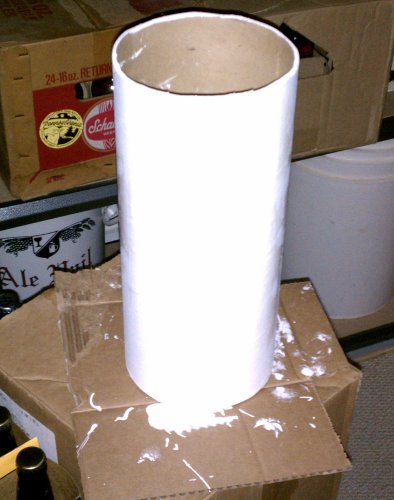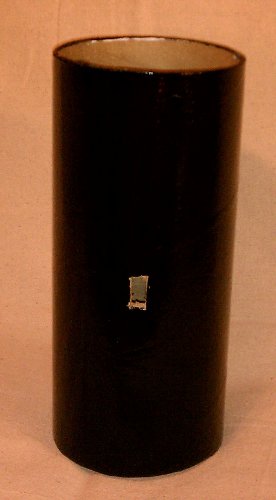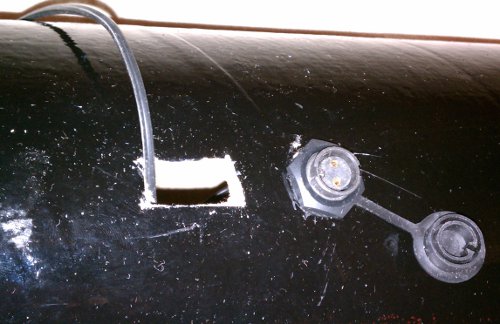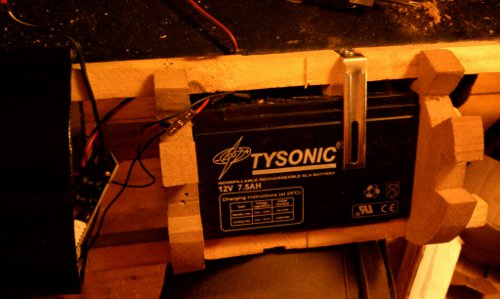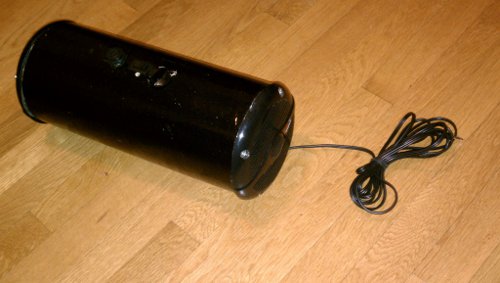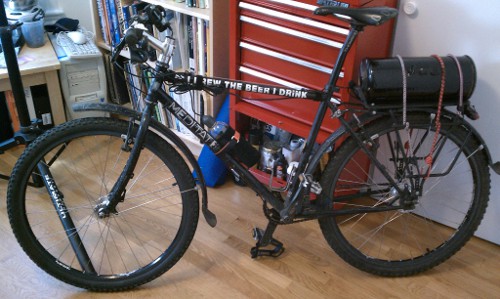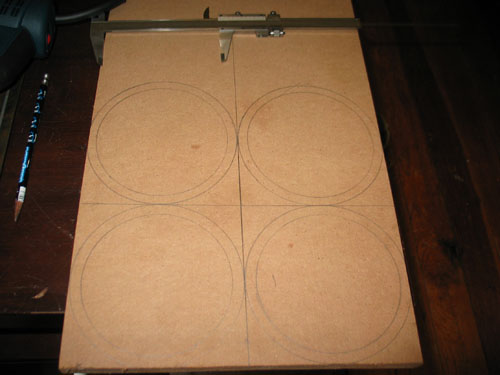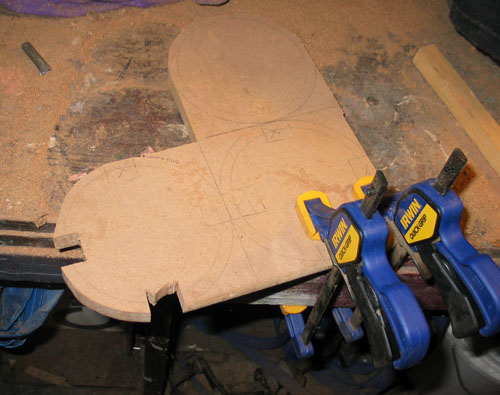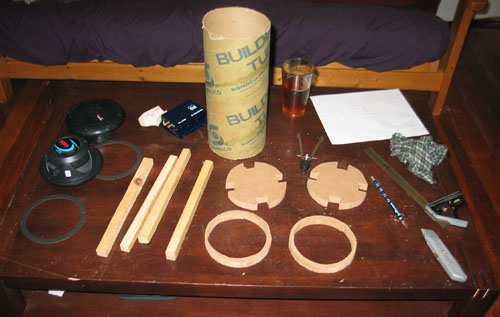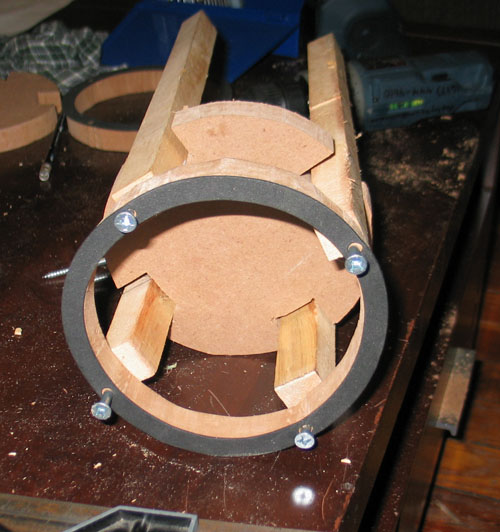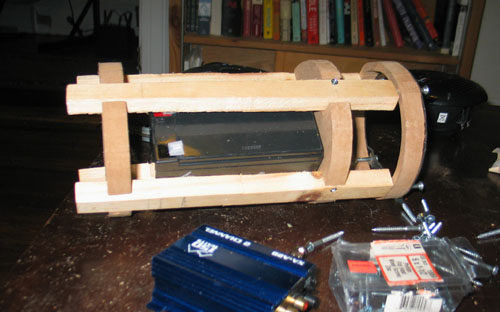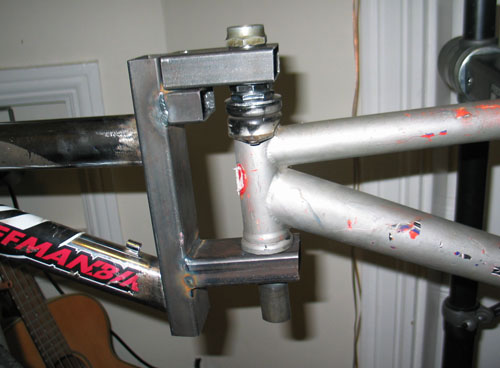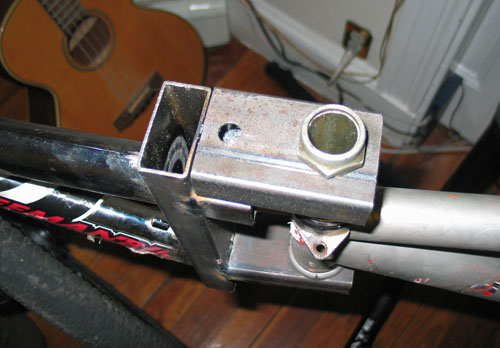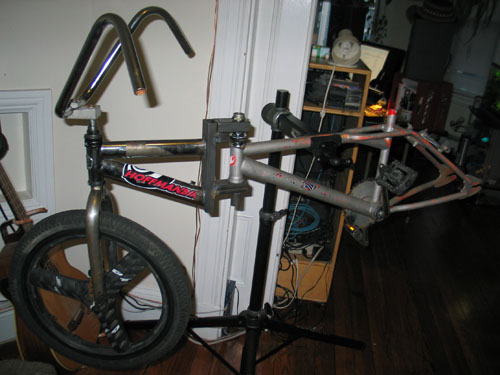Roll Bounce
So in the past year I’ve built two more freak bikes.
The first one, which I’m calling Roll Bounce, looks like a normal bike at first glance:
It started as a trashed full-suspension Pacific frame and fork. I stripped off the useless parts (most of it), cleaned off all the stickers with naptha and greased up all the bearing surfaces that were salvageable. What goes well with suspension? More suspension! Asking around, digging through spare parts bins and some generous donations landed me a suspension seatpost:
a suspension stem:
and even suspension handlebars. That’s a vibraslap being used as the bell:
The result is a very floppy and suspended ride, which helps a lot because:
The hubs are not in the center of the wheels! They are offset by one centimeter. The reason why isn’t the point — the point is — how?
Loads of thanks to Gideon Weisz for the innovation that made this possible. Gideon is a jeweler and, among other things, makes rings. He was creating ring modeling software when I mentioned my off-center wheel project, and Gideon offered to modify his ring modeling software for spoke calculations. When building wheels, it’s important to know how long the spokes should be — too short, and they won’t reach the rim; too long and they’ll poke into and puncture the inner tube. However, all other spoke calculators assume that the hub will be in the center of the wheel. Gideon’s spoke calculator can apply an offset to the hub and calculate individual spoke lengths! Wicked cool.
With the spoke lengths in hand, I collected 72 spokes of varying lengths over the course of a few weeks. Not all spoke lengths are readily available, so this involved scrounging some from parts bins, extending the threads and trimming spokes when I found close matches, and hunting for others from local bike shops. I also had a few spokes custom cut at Paramount Bicycle; thanks Tyler.
Then I built the wheels, lacing them with a standard three-cross pattern. They came together surprisingly quickly and the spoke lengths worked out perfectly.
Riding this bicycle is like riding on a slowly undulating, rippling surface. It is pretty comfortable but the constant bobbing can get disorienting after a while, and it’s a pretty rough ride when bombing down hills. I took meclizine for motion sickness the first time I rode it for a few hours but have ridden it a few times since without chemical assistance and had no problems. Huzzah!
I’ll blog about the next build in another post.

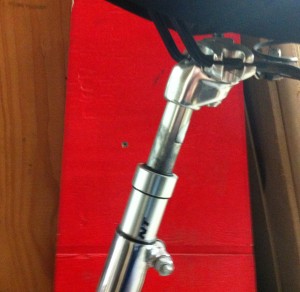

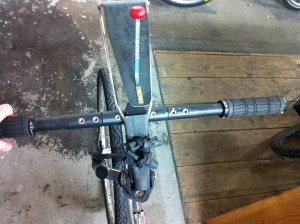
 Comments(1)
Comments(1)